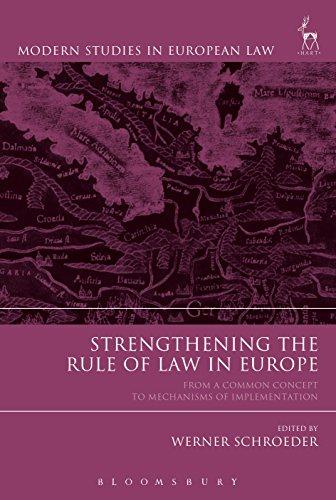Question
4.1 A is arraigned in the District Court on a charge of Assault with intent to do grievous bodily harm because he is alleged to
4.1 A is arraigned in the District Court on a charge of Assault with intent to do grievous bodily harm because he is alleged to have hit B with an iron rod on B's left arm, causing injuries to said arm. After the charge is put to A during the trial, the magistrate, M, requests A to plead to the charge. A, who is legally unrepresented, intimates to the court his willingness to plead, but contends that he would rather do so after consulting a lawyer. M interprets A's behavior as 'intransigent and unco-operative', and records a plea of 'not guilty'.
Briefly discuss whether M's conduct can be deemed as reasonable. (5)
Hints: i. your answer must first expatiate on the general applicable rule regarding 'dispensing with the plea', before elaborating on, and analyzing the merits; ii. the question should be answered with regard to information contained in chapter 14 of the Handbook
At the close of the defence case, A the accused, gives instructions to his attorney, D, to apply for a discharge in terms of s 174 of the Criminal Procedure Act. Briefly explain the workability of A's instruction with specific reference to the timing of such application as set out on p. 382 par. 4.3 of the Handbook. (2)
4.3 A is charged with murder for the killing of B. According to the facts, B,s death was caused by a fall, occasioned by a slap with an open hand to B's face, which resulted in B hitting his head against the pavement in the process of falling down. During the trial, A admits that his actions caused B's death, but contends that his intention (A's) was merely to hit B hard enough to repel what he deemed B's threatening demeanor towards him (A).
Name three competent verdicts with which A can be convicted by the court. (3)
4.4 Upon his conviction on a charge of robbery, the prosecution presents evidence regarding A's previous conviction on charge of assault with intent to do grievous bodily harm. Briefly discuss the role the previous conviction ascribed to A him should play in the sentencing process. (5)
Hint: i. your answer must be guided by the marks awarded for the question; ii. the general principle and the reason for the approach advanced in the answers, as set out in chapter 19 of the Handbook, are paramount to the correctness of the answer. All other information is irrelevant.
4. 5 A, a first offender, is convicted on a charge of the theft of a loaf of bread from Shop Value Stores in the District Court, and sentenced to three years' imprisonment. A is of the view that the sentence arrived at by the court is 'too harsh', relative to the offence committed. Explain whether A may (assuming that the trial took place in accordance with justice) lodge an appeal, and the circumstances under which a court of higher instance may interfere with the District Court's sentence. (5)
Hint: your answer should set out the most appropriate legal position from the options set out on p. 496 par. 1.4 of the Handbook.
Step by Step Solution
There are 3 Steps involved in it
Step: 1

Get Instant Access to Expert-Tailored Solutions
See step-by-step solutions with expert insights and AI powered tools for academic success
Step: 2

Step: 3

Ace Your Homework with AI
Get the answers you need in no time with our AI-driven, step-by-step assistance
Get Started


